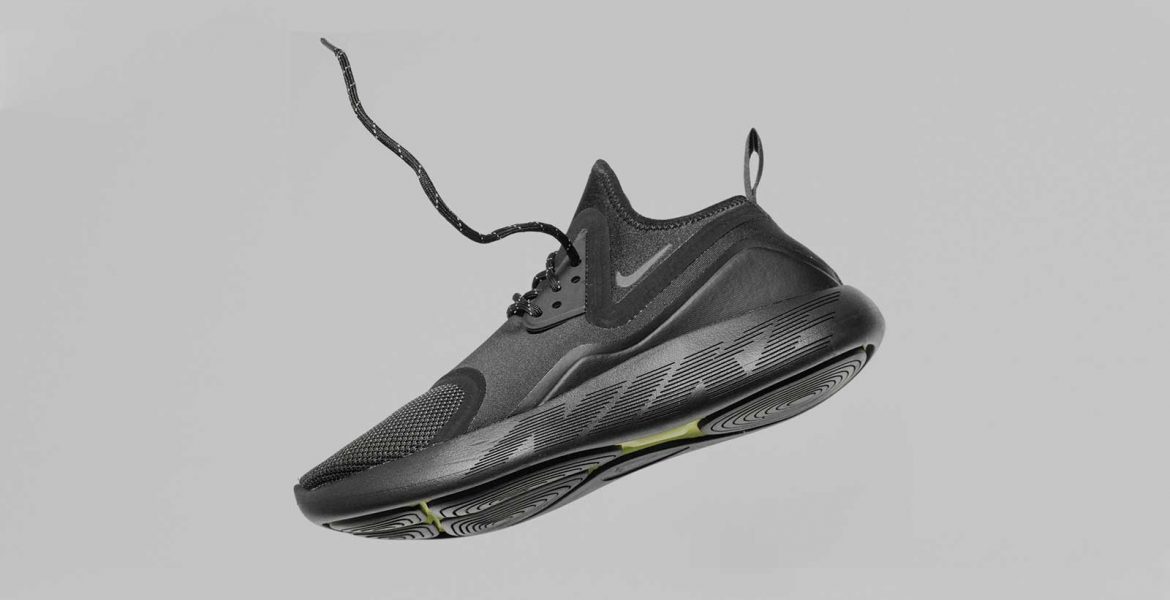AW360 had a chance to sit down with Liz Aviles, VP of Market Intelligence at Upshot to discuss the myriad ways brand marketers can (and should) benefit from emulating “drop culture” – one of the fashion industry’s most successful modern tactics.
Q: Please introduce yourself and tell us about your background.
I’m Liz Aviles, VP of Market Intelligence at Upshot. In this role, I’m a member of the research and strategy team at the agency working across all of Upshot’s businesses. In this multi-category and multidisciplinary role, I’m especially interested in the blurring of influences across varied parts of the marketplace. Identifying how trends and consumer behaviors in one sector can inspire innovation for brands in other categories has always been a focus of my work at the agency.
Q: How do you define drop culture and what is its history in marketing?
Drop culture marketing developed with the rise of sneaker culture (catalyzed by Nike’s introduction of the Air Jordan in the mid-eighties). Drops are characterized by product releases with little or no warning, in limited quantities via limited retailers. They now increasingly incorporate collaborations (or collabs) with other brands or designers. Today, they also rely heavily on social media as a vehicle for brands to announce a drop and as a platform for consumers to showcase their achievement in acquiring the scarce and coveted product that’s been dropped.
Q: How can fashion’s drop culture be co-opted by other consumer brand categories for product marketing purposes?
Marketers can leverage the timing tactics, the language, visual style, and social tactics of fashion drops to better drive traffic, test new products, and create excitement about a brand.
Q: What are the differences between traditional LTOs (limited time offers) and “drops” in today’s marketplace?
While brands have long utilized LTO’s to spur interest in their offerings, drops amplify the excitement, aka the hype, with an element of surprise, a greater emphasis on collaborations, a heavy reliance on social media, and most importantly, a recognition that Gen-Z and Millennial consumers are driven by a desire for continuous innovation and novelty from brands. Drop culture brands recognize that drops feed that desire for what’s new and ephemeral most especially in passion categories such as fashion, music and gaming.
Q: What are some examples of forward-thinking brands that are reaching Gen-Z and Millennials via drop culture strategies?
Nike continues to rule the drop, but the streetwear brand Supreme is typically credited with mastering this form of hype and influencing the broader fashion industry. Luxury brands like Burberry and Gucci among others have also embraced drop tactics, as they’re no longer beholden to the dictates of a traditional seasonal fashion calendar. In music, streaming with its untethering to a physical product, has also facilitated artists’ use of drops creating the surprise album dynamic. But, what’s been especially fascinating is the embrace of drop tactics in other less expected parts of the marketplace like in the QSR channel. Yes, LTO’s are standard fare for these brands, but we see them using geographic scarcity, surprise, and a bolder social approach to generate desire for their new items.
Q: You talk about “brand excitement” as a method to build consumer affinity. What are some ways brand marketers can use drop culture tactics to build brand excitement?
While most brand categories can take inspiration from the drop playbook, it’s in passion categories that these types of tactics are most likely to move the marketplace. However, with brand loyalty challenged by today’s fickle consumers and fragmented product environment, most brand marketers should be considering how their brands can leverage scarcity, surprise, clever social media marketing, and collaborations to appeal to Gen Z and Millennial consumers today.

